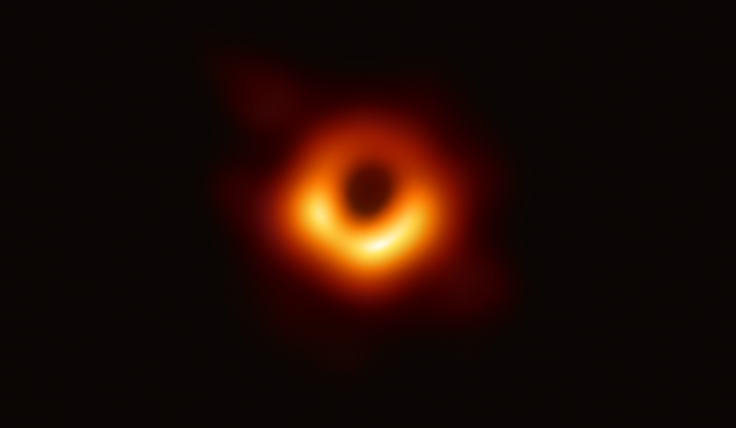
The team of astronomers responsible for the first photo of a black hole is planning to film the one at the center of the Milky Way galaxy as it interacts with its surroundings. The astronomers are hoping to capture live footage of the supermassive black hole as it devours cosmic matter.
The astronomers behind the Event Horizon Telescope (EHT), which is a series of observatories stationed in different parts of the world, are planning a new project aimed at filming Milky Way's black hole.
The upcoming venture, dubbed as the next-generation EHT (ngEHT) will observe the supermassive black hole in real time to study its overall behavior and how it reacts to its environment. According to Shep Doeleman, the leader of the EHT team, the live observations that will be carried out on this massive cosmic object will also allow astronomers to test Albert Einstein's theories about gravity.
"We can see the black hole evolve in real-time," Doeleman told Business Insider. "Then we can understand how it launches these jets that come from its north and south poles. We can see how it evolves with the galaxy."
"We can even test Einstein's gravity in completely different ways, by looking at the orbits of matter – not light, but matter – around the black hole," he added.
Doeleman noted that another exciting aspect of ngEHT is the opportunity to witness in real-time how black holes eat. For now, astronomers are able to detect a black hole's feeding behavior through the light emitted from its accretion disk. This is the rotating mass of dust and gas that came from the remnants of stars and planets that the black hole devoured.
Since black holes are light-years away from Earth, it takes a very long time for the light from the accretion disk to be spotted by observatories. Through ngEHT, Doeleman is hoping to witness a black hole's feeding frenzy as it happens in real-time.
"Imagine you could see the black hole during one of those periods of activity," he said. "You'd see exactly where that emission was coming from. Understanding how these things happen – it tells us everything about the black hole dynamics and how they feed."
Besides Milky Way's black hole, Doeleman and his colleagues also plan to use ngEHT to film Messier 87, which is the black hole they were able to photograph using the EHT observatories in April this year.









